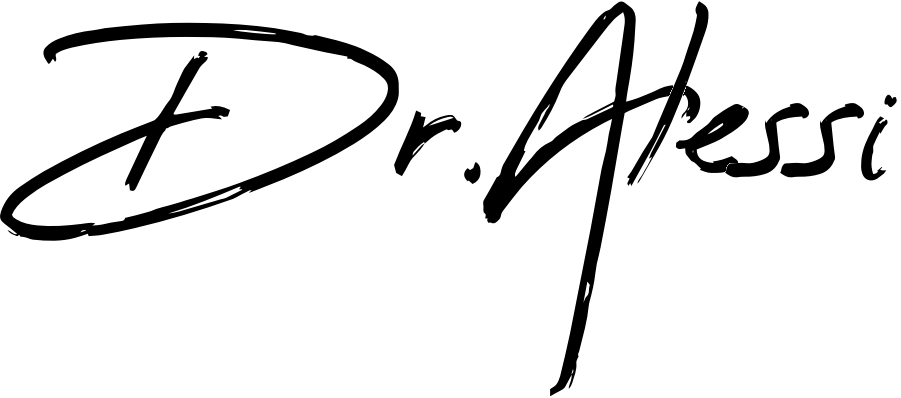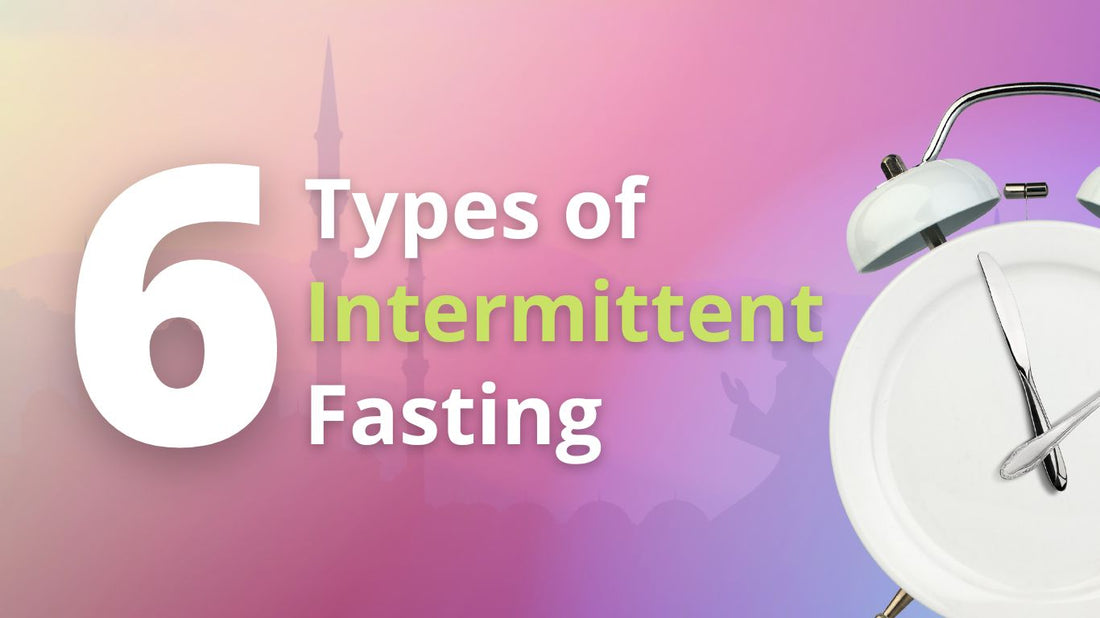There are several different ways to implement IF into your life. Each method has its own merit and benefits and/or downsides. Choosing the right IF pattern for you will greatly depend on your lifestyle, eating habits, health and personal preferences.
- The 16:8 Method
By far the most popular IF pattern, 16/8, involves extending your natural sleeping fast to 16 hours per day. This is usually accomplished by skipping breakfast and instead having your first meal of the day closer to noon time, having your last meal of the at 8pm (about 2 hours before your bedtime).
Of course, these exact times can be adjusted to your preferences, but you should stick to restricting your eating period to about the same 8 hours, out of each 24. The number of meals you eat during your 8 hour period is also up to you. Some people choose to eat two well-rounded meals, while others prefer to fit in three smaller meals in this timeframe.
The 16:8 method was popularized by a popular fitness regimen called “Leangains”, by Martin Berkhan. This regimen promotes a lifestyle of IF and heavy weight lifting, in order to achieve ideal body fat ratios and muscle tone.
What attracts most people to the 16:8 method is the simplicity. Instead of calorie counting or dieting, you can simply avoid eating after 8 pm and skip breakfast each day, in order to follow the program. While this methodology may seem to be turn about, from the notion of eating breakfast being inherently healthy, an abundance of research has shown the effectiveness of this regimen. Weight loss and all the benefits that come with it are easily linked to the IF lifestyle, but it is important to ensure you get the proper amount of nutrients the body needs.
As you might expect, IF works incredibly well when you also choose a healthy diet during your eating window. A poor diet, for any amount of time, is not going to get you the results you crave. For this reason, many people who are looking for significant weight loss choose to combine the 16:8 method with a specific diet plan.
On a final note, if you are concerned about getting overly hungry nearing the end of your fast and in being tempted to make poor diet choices, try drinking plenty of water or other non-caloric beverages in the mornings, to curb your appetite.
- The 5:2 diet
Another popular choice is the 5:2 diet. This is done by eating normally (but well) five days out of the week and then choosing two days, each week, to significantly restrict your calorie intake. The typical recommendation is 500 calories on fasting days, for women, and 600 for men, but this depends on your activity level. For an example, you might choose Mondays and Thursdays as your fasting days. On these days, you will eat only two very small meals of about 250-300 calories each.
There is no specific research to back up the efficacy of the 5:2 method, although ample research backs up intermittent fasting as a whole. Anecdotally, many have also found this method to be successful and simple to follow, but it’s important to start things off on a gradient.
- Eat-Stop-Eat
With Eat-Stop-Eat you choose one or two days per week to complete a full 24-hour fast. This method is similar to the 5:2 plan, but is more restrictive with the fasting days. Instead of allowing yourself a very small number of calories, you completely refrain from eating for a full 24 hour period. Generally, this is accomplished by finishing dinner one evening and then not eating until dinner time, the following evening. You can choose to fast from one breakfast or lunch to the next one as well.
During your fast days,you can drink water, coffee, tea or other non-caloric beverages. For some, this method does not even prove difficult as busy lives make us “forget” to eat until dinner time, anyway. However, if you find that you become too weak or have low blood sugar problems, a full 24-hour fast may not be a good choice for you. You may also find yourself tempted to make up for your hungry days by indulging on your eating days. If your aim is weight loss, this can certainly be detrimental. As with any form of IF, continuing to eat a healthy diet while not fasting is ideal, and to not start on too big of a gradient.
- Alternate-day fasting
An alternating day fast quite literally means that you switch between 24 hours of eating and 24 hours of fasting. For example, you may eat normally on a Monday, eat dinner Monday evening and then not eat again until dinner Tuesday evening. From there, you will eat breakfast and lunch on Wednesday, before fasting until lunch on Thursday, and so on.
This style of IF is extreme and not recommended for beginners. If serious weight loss is necessary for your health, you may consider alternate-day fasting as a reasonable choice, for a short period of time. This style of IF is not sustainable as a lifestyle and can put too much stress on the body.
- The Warrior Diet
The Warrior Diet was popularized by fitness expert Ori Hofmekler. The only food allowed during the day are raw fruits and vegetables, before consuming one large meal in the evening. The goal with this diet plan is to stick mostly to whole and unprocessed food and to limit calories, by only sitting down to one full meal per day. Fitness enthusiasts have been using the Warrior Diet for some time, as it was the first popularized fitness and diet plan which included some form of IF.
- Spontaneous meal skipping
Perhaps the most intuitive way to try intermittent fasting is to do spontaneous meal skipping. All too often, you may find yourself eating even though you aren’t actually hungry, simply because it is a designated meal time. With spontaneous meal skipping, you simply wait to eat until you actually feel hungry. With this method, you may learn a lot about your actual caloric needs and your abilities to skip meals unscathed.
Spontaneous meal skipping can also work well if you are just too busy to notice or care that you are hungry. Don’t have time to fix dinner and not feeling hungry anyway? Skip it. Running late for a morning meeting and your coffee is holding you up? Wait to have a healthy lunch later. Choosing not to eat simply because you don’t need to can save you lots of time, money and calories in the long run.
No matter which one you choose you can take advantage of the benefits of restricting calories and letting your gut reset. My recommendation is always to do the one that works best for your lifestyle and schedule so that you can create a long term habit of it.

